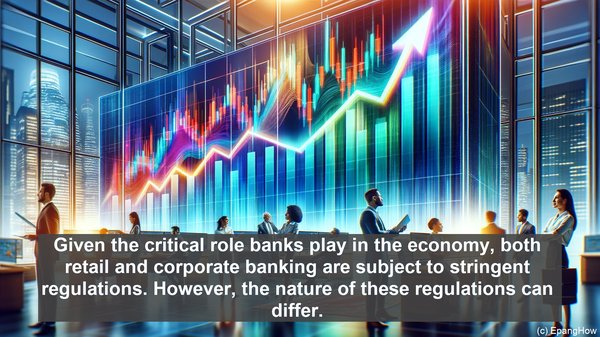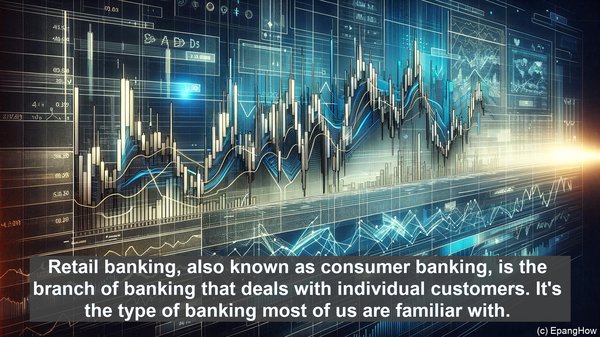Introduction: The Diverse Landscape of Banking
Hello everyone! Welcome to today’s article, where we’ll be exploring the fascinating realm of banking. Specifically, we’ll be comparing and contrasting retail banking with corporate banking. While both these sectors operate within the financial domain, their functions, target audience, and even the services they offer can be quite different. So, let’s dive in!

Defining Retail Banking: Catering to the Masses
Retail banking, also known as consumer banking, is the branch of banking that deals with individual customers. It’s the type of banking most of us are familiar with. Retail banks provide a range of services, including savings and checking accounts, loans, mortgages, and credit cards. They’re the go-to for everyday banking needs, be it depositing a paycheck, withdrawing cash, or making online payments. Retail banks have a vast network of branches, ATMs, and digital platforms to ensure easy accessibility for their customers.
Corporate Banking: The Financial Backbone of Businesses
On the other hand, corporate banking is all about serving businesses, whether they’re small enterprises or large corporations. Corporate banks offer tailored financial solutions to meet the unique requirements of their corporate clients. These solutions can include business loans, trade financing, cash management services, and even investment banking services like mergers and acquisitions. Corporate banking is often characterized by complex transactions, extensive risk assessment, and in-depth financial analysis.
The Clientele: Individuals vs. Enterprises
One of the primary distinctions between retail banking and corporate banking lies in their clientele. Retail banks primarily serve individual customers, including salaried professionals, self-employed individuals, and even students. These customers typically have relatively smaller financial needs, such as personal loans or mortgage financing. In contrast, corporate banks cater to businesses of all sizes, from startups to multinational corporations. The financial requirements of these enterprises can range from working capital loans to international trade financing, making corporate banking a more intricate domain.
Risk and Reward: Balancing Act for Banks
When it comes to risk, both retail banking and corporate banking have their unique challenges. In retail banking, the risk is often more spread out, with a large customer base and a diverse portfolio of loans and investments. However, the individual amounts involved may be relatively smaller. Corporate banking, on the other hand, deals with larger sums of money, and a single transaction can have significant financial implications. The risk assessment process in corporate banking is, therefore, more extensive, involving factors like market conditions, industry trends, and the financial health of the business in question.

Regulatory Landscape: Compliance and Governance
Given the critical role banks play in the economy, both retail and corporate banking are subject to stringent regulations. However, the nature of these regulations can differ. Retail banks often have to comply with consumer protection laws, ensuring transparency in their dealings, and safeguarding customer interests. Corporate banks, on the other hand, may have to navigate additional regulations related to business financing, international trade, and even securities laws, depending on the services they offer. Compliance and governance, therefore, form a crucial aspect of both sectors.
Technology and Innovation: Transforming the Banking Landscape
In recent years, the banking industry, as a whole, has witnessed a significant transformation, driven by technology and innovation. Both retail and corporate banks have embraced digital platforms, offering customers the convenience of online banking, mobile apps, and even chatbot-based assistance. This digital shift has not only enhanced accessibility but also streamlined processes, making banking faster and more efficient. Additionally, technologies like artificial intelligence and data analytics are being leveraged to gain insights, manage risks, and personalize services, benefiting both sectors.
